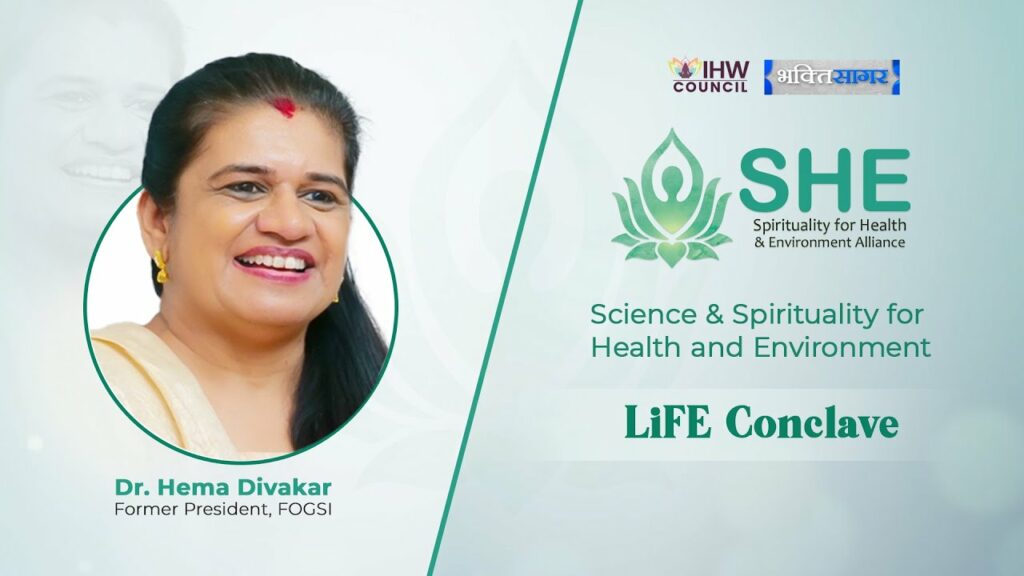Understanding Vasectomy and Tubectomy
Vasectomy: This procedure is all about stopping sperm in its tracks. The tubes in the male reproductive system, called the vas deferens, are either cut or blocked to prevent sperm from traveling from the testicles to the urethra. It’s a remarkably effective method of birth control—yet, it’s not foolproof. On average, pregnancy occurs in 1 out of every 2,000 vasectomies.
Tubectomy: Also known as tubal ligation, this procedure involves the cutting, tying, or clipping of a woman’s fallopian tubes. By doing so, it prevents the egg from being fertilized by sperm. Tubectomy is slightly less effective than vasectomy, with about 2 out of every 1,000 women still becoming pregnant after the procedure.
Who Should Consider Sterilization?
Sterilization is a permanent decision, and anyone over the age of 18 can opt for it. However, it’s crucial to have a thorough discussion with a healthcare professional before making this choice. This is not just another method of birth control; it’s a lifetime commitment. You should only proceed if you’re absolutely sure that you don’t want to have any more children—or any at all.
While technically reversible, both vasectomy and tubectomy reversals are complex and not always successful. Therefore, consider this decision carefully.
The Sterilization Process: What to Expect
For Men: The Vasectomy
Vasectomies are typically performed under local anesthesia, although general anesthesia may be used in rare cases. There are two main techniques:
Conventional Vasectomy: Small incisions are made in the scrotum to access the vas deferens tubes. A section of each tube is removed, creating a gap. The ends are then either tied together or separated with a small piece of tissue. The incisions may be closed with dissolvable stitches or left to heal naturally.
No-Scalpel Vasectomy: Here, the surgeon feels for the vas deferens tube and secures it with a clamp. A tiny hole is made in the scrotum to bring the tube out, which is then cut or tied. The tube is then placed back inside the scrotum.
It’s important to note that a vasectomy isn’t effective immediately. It takes up to 12 weeks for the remaining sperm to clear out of the tubes. You’ll need to wait for two negative semen samples before considering the procedure fully effective.
For Women: The Tubectomy
Tubectomy involves blocking the fallopian tubes to prevent sperm from reaching the egg. The surgeon may access the tubes through a small cut near the belly button (laparoscopy) or above the pubic hairline (mini-laparotomy). A laparoscope, equipped with a light and camera, is inserted into the abdomen, allowing the surgeon to apply clips or rings, or to cut and remove a small piece of the tube.
Unlike vasectomy, tubectomy is effective immediately after the procedure.
Vasectomy vs. Tubectomy: Which Is Better?
Both vasectomy and tubectomy are highly effective methods of permanent birth control. However, there are key differences:
- Timing: Vasectomy takes up to 12 weeks to become effective, while tubectomy works immediately.
- Effectiveness: After a year, vasectomy is generally more effective than tubectomy.
- Safety and Simplicity: Vasectomy is less invasive, safer, and generally more affordable than tubectomy. It also avoids the potential risk of ectopic pregnancy—a risk associated with tubectomy.
The Bigger Picture: Making an Informed Decision
Sterilization offers a reliable, permanent solution for those who are certain about not having more children. However, it’s crucial to weigh the pros and cons, consider the risks, and consult with a healthcare professional. Remember, while both procedures are highly effective in preventing pregnancy, they do not protect against sexually transmitted diseases (STDs).
Ultimately, the decision to undergo sterilization is deeply personal. By understanding the procedures, their effectiveness, and the benefits of both vasectomy and tubectomy, you can make an informed choice that aligns with your lifestyle and future goals.
Sterilization is more than just a medical procedure—it’s a step towards controlling your reproductive future. Choose wisely, and live confidently.




